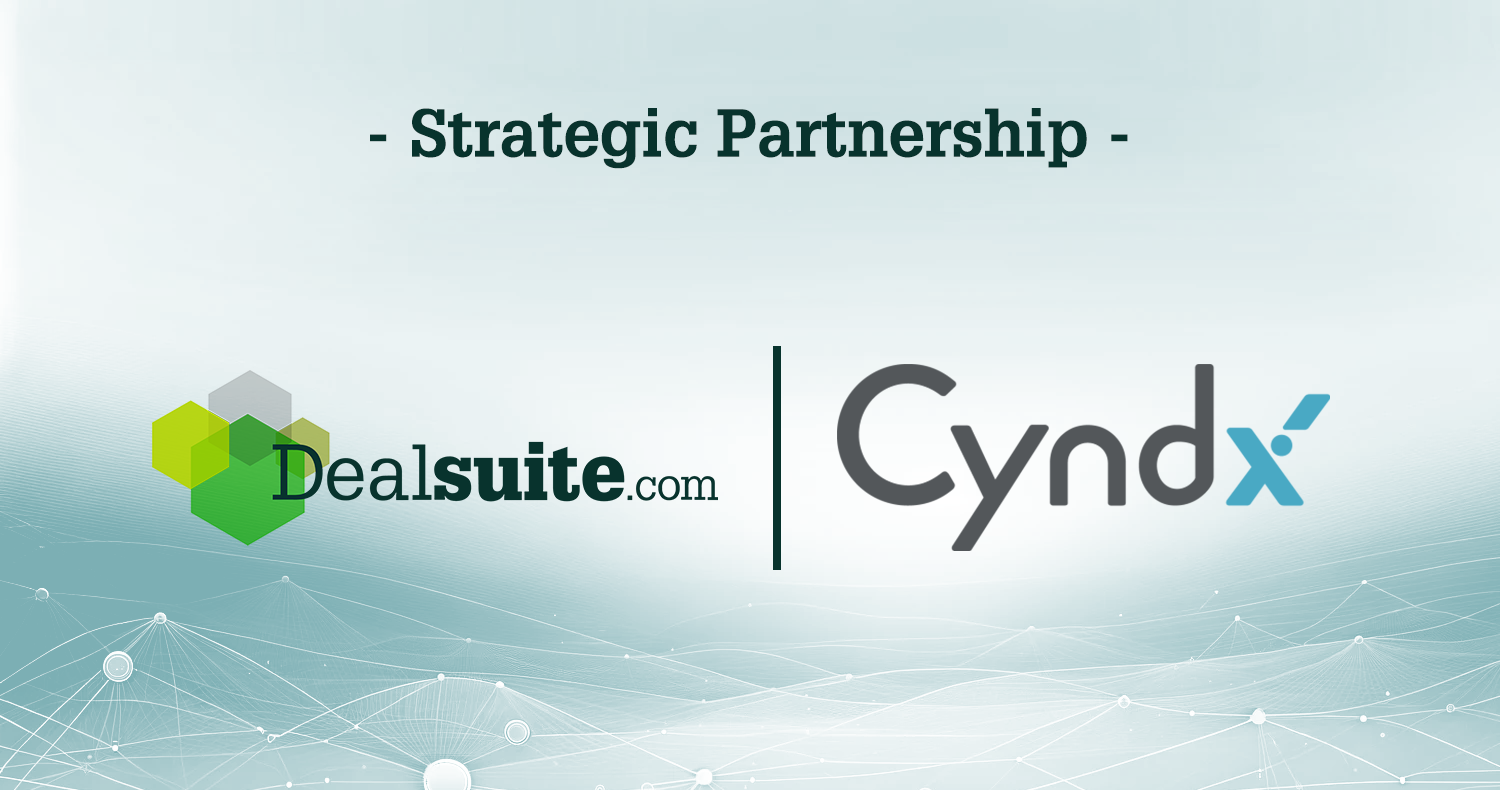Steady as she goes: Why transport and logistics companies are proving resilient despite geopolitical tensions
Through a global pandemic, escalating geopolitical tensions and higher inflation, our love of shopping has remained constant. Worldwide, retail sales grew by almost 10% in 2021 to reach US$26 trillion and are forecast to hit US$31.3 trillion in 2025.
Such enthusiasm helps to make the transport and logistics sector a good defensive play during economic downturns and is driving M&A within the industry. Consumer preferences may change, but goods will always need to get from one place to another. Indeed, the sector’s importance has grown significantly alongside globalisation and e-commerce — and will continue to do so.
A global growth story
Technological advances in the transport and logistics sector have led to much greater efficiencies, which has allowed supply chains to become increasingly complex during the past two decades. The result is that raw materials, components and finished goods now move around the world quicker and cheaper than ever before.
We can see this everywhere we look. Consider the popularity of China’s Temu, which became the top shopping app in Apple’s US app store shortly after it launched in September 2022. Its premise is simple — incredibly cheap goods (most are under US$10), shipped straight to your door for free from China.
Such a business model relies on systems that are incredibly complex, while also highly reliable and efficient. It also reveals how trade can be more powerful than geopolitics, especially when consumers are facing a cost-of-living crisis.
M&A trends
Across the sector, we see several key trends that are shaping M&A among transport and logistics companies:
Increase in cross-border deals
Global supply chains may seem impossibly complex, but the most difficult challenge for the transport and logistics sector is often the least international part — landing goods in the destination country and getting them to the end buyer. This can involve many different steps and service providers, which is why most M&A in the sector is still domestic.
However, cross-border deals are on the rise after a brief pause during the pandemic, with roughly 40% of transactions involving a foreign buyer, according to Deloitte. This trend is set to continue as logistics networks become increasingly international and the industry consolidates.
Growing interest from private equity
Following from the previous trend, the consolidation opportunity favours private equity players that have the expertise and capital to execute such strategies effectively. Several serial acquirers are driving consolidation across market segments in most European countries, where the sector is highly fragmented and there are many smaller players.
At the same time, the logistics industry is moving to an asset-light model that can respond quickly and flexibly to changes in demand or supply chain disruptions. This type of transformation is attractive to PE funds, which see opportunities to dispose of non-core assets, cut costs and improve efficiency through investments in technology.
Strong underlying potential
Growth is at the heart of the opportunity in the transport and logistics sector. The global industry generates revenues of more than US$4.5 trillion, according to some estimates, with forecasts for growth to outpace the broader global economy during the next decade. M&A is being driven by a race to capture a bigger share of the pie through consolidation and investments in technology.
While it is clearly a challenging sector, investors are betting that scale and proprietary systems will help to solidify their competitive position and make it difficult for new entrants to challenge them. Similarly, investment in sustainable solutions is likely to become an important quality that will require significant investment and knowhow.
“Not only is business performance in this industry not over reliant on one specific sector, but it also correlates well with our other areas of acquisition – manufacturing and wholesale.” Says Joel Evans, Acquisition manager at NewBrick Group “The industry is certainly competitive and not without serious challenges. However, while there are certainly headwinds on the horizon, we feel there are also great opportunities for those businesses well-prepared to take advantage”.
Resilience
Finally, the industry’s defensive qualities are also fuelling M&A. It has historically been seen by investors as a good hedge against economic downturns, which is clearly attractive in the current environment. Slower global growth and geopolitical tensions are both weighing on overall investment returns, whereas returns from transport and logistics are less correlated with other sectors, providing a portfolio diversification benefit.
Delivering deal opportunities
Transport and logistics opportunities are in high demand on our platform. On average, companies that are up for sale in this sector attract 11.6 interested parties. That’s more demand than we see for e-commerce or pharmaceutical companies, which underscores both the scale of the opportunity and the multiple factors driving interest in the sector.
Dealsuite makes it easy for buyers and sellers in this sector to connect with each other and take advantage of the opportunities available. We provide an overview of companies in the sector and allow investors to screen for a wide range of relevant attributes. Whether you’re interested in domestic or cross-border deals, Dealsuite can help to find the perfect match.

.svg)

.svg)

.svg)

.svg)





